Wood pasture restoration and creation in the Ullswater and Troutbeck valleys
A case study – Wood pasture restoration and creation in the Ullswater and Troutbeck valleys
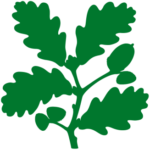
Area restored: 640 ha
Start and finish date: 2015–25
Why?
Cows and Trees is a landscape-scale project to restore and enhance wood pasture habitat on National Trust land in the Ullswater and Troutbeck valleys in the Lake District. Wood pasture is in decline and recognised as a Priority Habitat for conservation, and these valleys have some particularly important sites, largely on the old deer parks at Troutbeck Park Farm, Glenamara Park and Glencoyne Park. Veteran tree surveys have identified about 750 veteran trees on site. The overall aim of management is to reduce the sheep grazing pressure across the farms and entirely from the wood pastures. We shall rely on natural regeneration processes in the wood pasture areas, rather than tree planting, with the exception of native crab apples propagated by our Plant Conservation Centre from locally collected fruits.
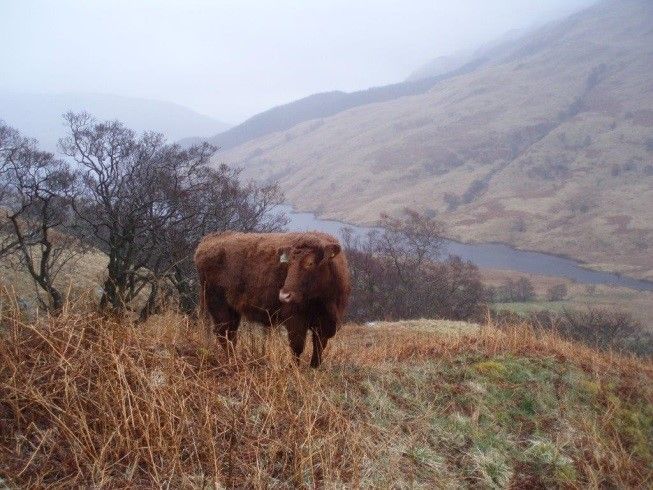
There is support for this project through the Higher Level Stewardship. Our conservation grazing plan is to:
- Reduce sheep numbers from approximately 4,000 to about 1,900 which represents a fall of over 50% and gives a new stocking density of 0.75 sheep per hectare.
- Wood pasture-type prescriptions over an area of 745ha which represents 30% of the farmed area. The wood pastures will be grazed by about 90 cows/ponies at a stocking density of about one animal to about 8ha.
The aim of the project is to work in partnership with our tenants to demonstrate sustainable land management on a landscape scale where there is a reliance on natural processes. Although this work has been agreed through the HLS system with its 10-year window of funding, all of these prescriptions have been the basis of the new farm tenancies. Therefore, it is expected that this management will continue beyond the life of the scheme although there will be a challenge to work out a way to support it. Key to this will be targeted monitoring to record change and adjust prescriptions as required.
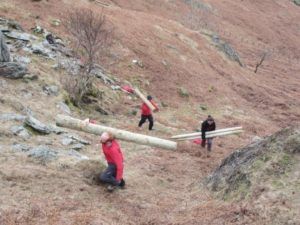
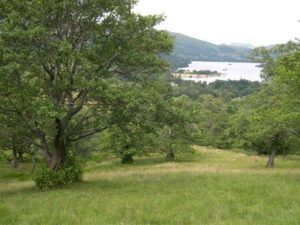
Other works associated with this project include:
- The rebuilding of 500m of ancient deer park drystone wall
- 5,000m of new fencing to secure the wood pasture boundaries and an additional 4,000m of fencing to create a river corridor
- Felling of 12ha of non-native conifer woodlands
- A new 2.2km footpath through Glencoyne Park to allow public access to the park and Aira Force waterfall which has been supported by a grant of £80,000 from Natural England
Results so far?
- This work is essentially about giving the land a rest and a chance to bounce back so very early days yet. However, the sites feel more plentiful (right word?) and a recent NE SSSI monitoring visit to Troutbeck Park was very positive about the changes in vegetation – instinctively feels right but part of the excitement is watching what happens next. .
- The obvious indicator of success will be new tree regeneration but perhaps as important will be the development of a more robust and herb-rich grass sward that is better able to absorb water. This should help with climate change and the expected increased ‘flashiness’ of rivers. This latter point is really important in Ullswater which was particularly badly hit by Storm Desmond – there is a community flood group looking at long term and short term solutions to slowing the flow and this work is very much part of the solution.
- Cows exploring the site widely, covering a huge area and thriving
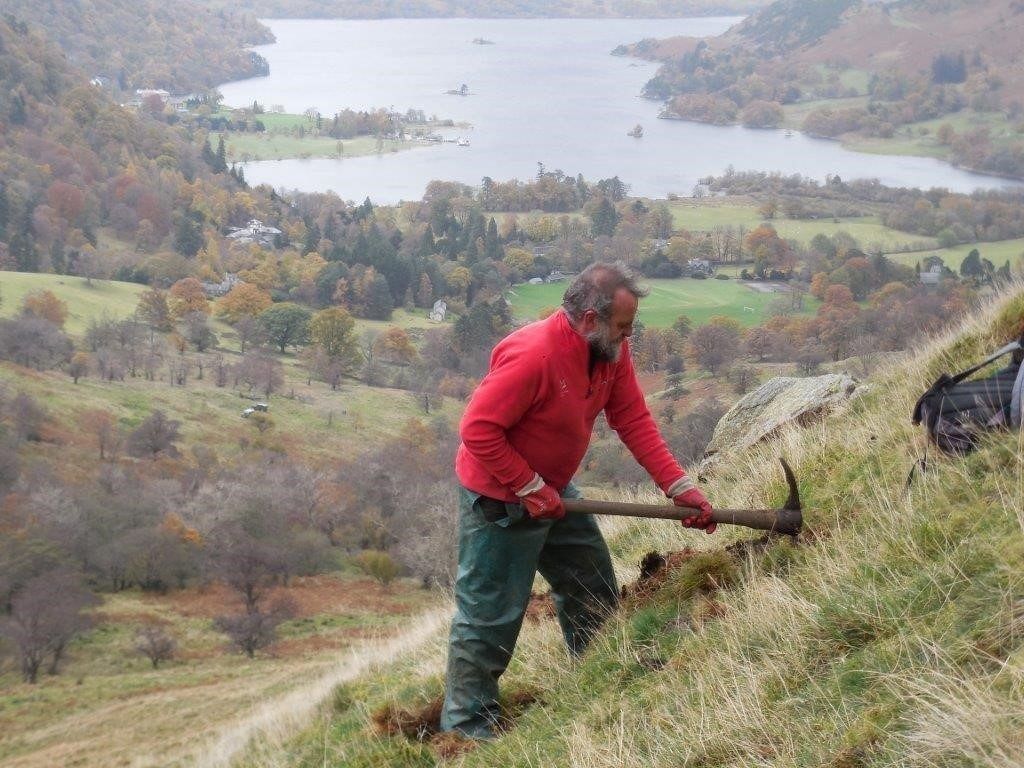
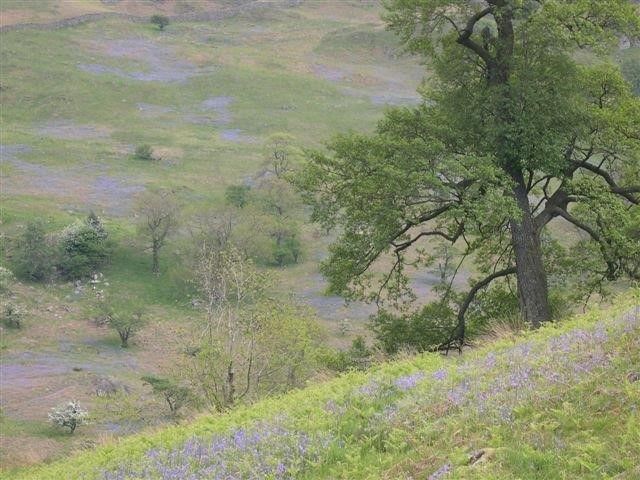
Extra tips
- Don’t treat future monitoring as an add-on as it’s too easy to forget (we haven’t got it right yet) We now have a monitoring regime in place that has covered veteran trees, lichens, birds, tree regeneration and vegetation change so a fairly robust baseline to measure future change.
- Try to get the details of these schemes right at the outset as they can be very restrictive and hard to change in the future
- To work, these schemes need good tenant buy-in to carry out the management on the ground – simple things like tenants keeping sheep out of wood pastures which is no easy task with Lakeland herdwicks!
- Get in quick with contractors as there is a huge amount of this work going on at the moment and good ones get booked up early
Further information: John Pring, Countryside Manager, National Trust
